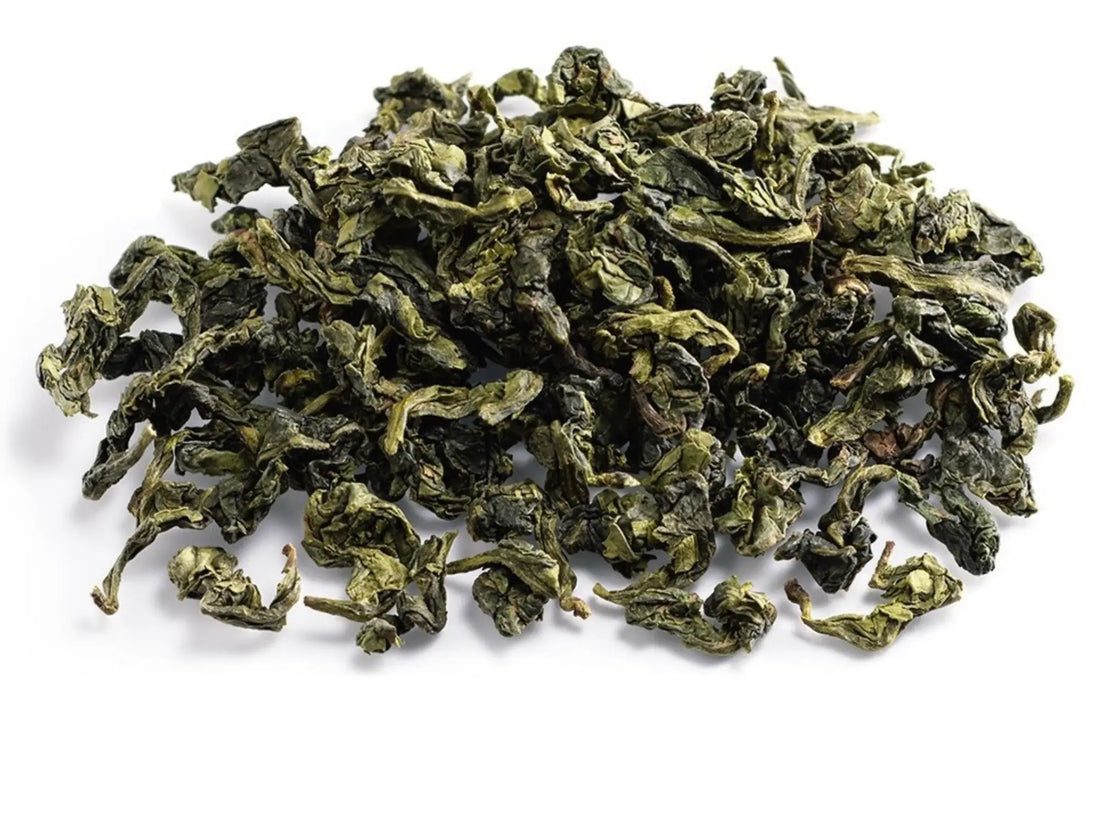
The Legend of Tie Kuan Yin Tea

Tie Kuan Yin tea is a Chinese Oolong variety, that is also well known as the Iron Goddess of Mercy. The tea is named after the Goddess, Guanyin, and has two different legends behind it, Wei and Wang.
Wei
There once was an old run down temple in the Fujian province of China. This temple had an iron statue of the goddess Guanyin. A poor tea farmer, named Wei, would pass this temple daily and notice the awful condition of this temple. Bothered by this, Wei decided to restore the property any way he could. He would sweep and clean the brush away, light incense and care for this temple for years.
One evening, the goddess Guanyin, appeared to him in a dream. She told him she was pleased with his work and dedication, and mentioned there is a treasure behind the temple in a cave. She told Wei this treasure is to be shared with his community. Once he awoke, Wei rushed to the cave and discover a tea bush, he planted in his field and nurtured it the same way he did the temple. Some of the finest tea came from his plant, that he took cuttings to share with his fellow farmers.
The area began to prosper, and the tea was forever known as Tie Kuan Yin, Iron Goddess of Mercy, as the goddess had been so good to Wei and the community in Fujian.
Wang
Wang was a scholar who discovered a tea plant beneath a Guanyin rock. He was so interested with this bush he brought it back home to try and cultivate it. The plant did very well, and made some truly delicious liqour. Wang was so pleased with his discovery, he visited the Emperor and offered the tea as a gift. The Emperor was so impressed that he inquired about the origin, and since the tea was discovered under a Guanyin rock, they named it after the goddess.
Tie Kuan Yin Tea
This category of oolong tea has been very popular. It takes an expert to process the leaves properly, and the processing methods were kept secret for many decades. The leaves are plucked, sun withered, cooled, withered (included some oxidization), rolled, dried, then roasted.